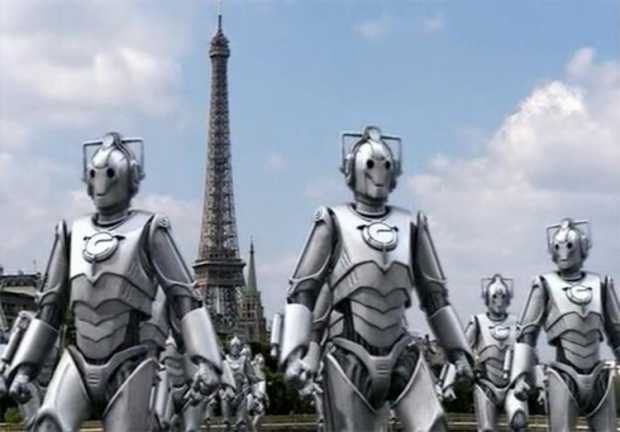Brookings Institute's policy director Mark Muro, who penned the report, said most occupations will see specific tasks assumed by machines, but much of their labor will likely be enhanced, rather than fully replaced, through automation.
He said that automation rarely replaces entire jobs, but instead handles specific tasks in occupations that often require hundreds of them.
To forecast the effects, Brookings researchers looked at thousands of specific tasks within each occupation, and the degree to which automation could handle them, coming up with a risk rating for each occupation.
Workers most vulnerable are in transportation, production, food preparation, and office administration, which, combined, make up about 36 million jobs, or a quarter of the total jobs in the US today. In these occupations, roughly 70 percent of tasks were considered routine and predictable, prime targets to be managed by machines. The most vulnerable were "packaging and filling machine operators" (100 percent exposure to automation), food preparation workers (91 percent), payroll and timekeeping clerks (87 percent), and light-truck and delivery drivers (78 percent).




